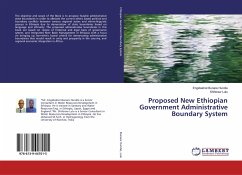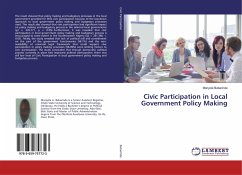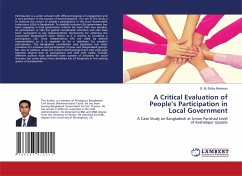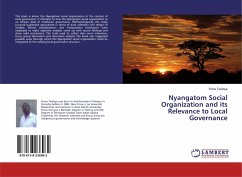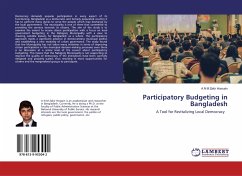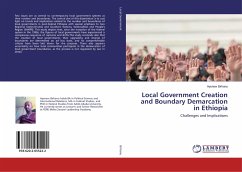
Local Government Creation and Boundary Demarcation in Ethiopia
Challenges and Implications
Versandkostenfrei!
Versandfertig in 6-10 Tagen
46,99 €
inkl. MwSt.

PAYBACK Punkte
23 °P sammeln!
Few issues are as central to contemporary local government systems as their number and boundaries. The central aim of this dissertation is to cast light on trends and implications related to the number and boundaries of local governments in post-federal Ethiopia with special emphasis to two Regional States-Oromia and Southern Nations, Nationalities and People's Region (SNNPR). This study depicts that, since the inception of the federal system in the 1990s, the figures of local governments have experienced a conspicuous sequence of ruptures and shifts.This study contends also that the creation ...
Few issues are as central to contemporary local government systems as their number and boundaries. The central aim of this dissertation is to cast light on trends and implications related to the number and boundaries of local governments in post-federal Ethiopia with special emphasis to two Regional States-Oromia and Southern Nations, Nationalities and People's Region (SNNPR). This study depicts that, since the inception of the federal system in the 1990s, the figures of local governments have experienced a conspicuous sequence of ruptures and shifts.This study contends also that the creation of local governments, their upgrading and change of boundaries are determined on ad hoc basis, and no comprehensible criteria have been laid down for the purpose. There also appears uncertainty on how local communities participate in the demarcation of local government boundaries, as the process is not regulated by law in detail.



